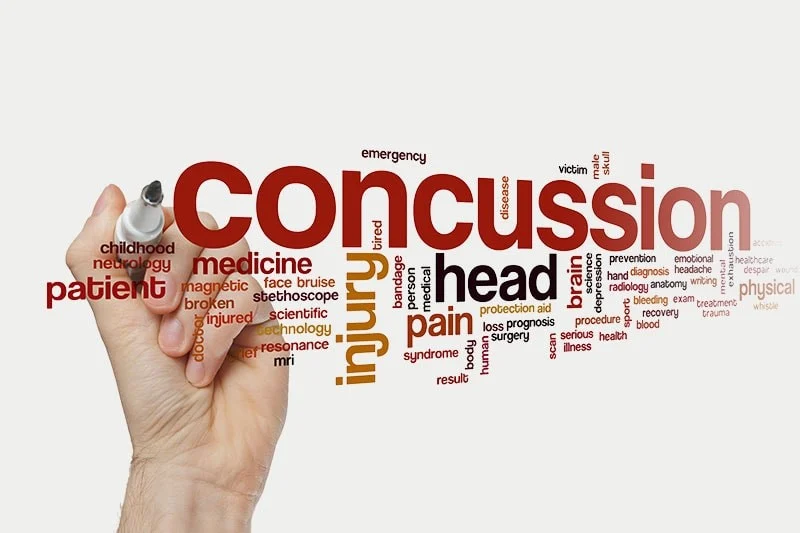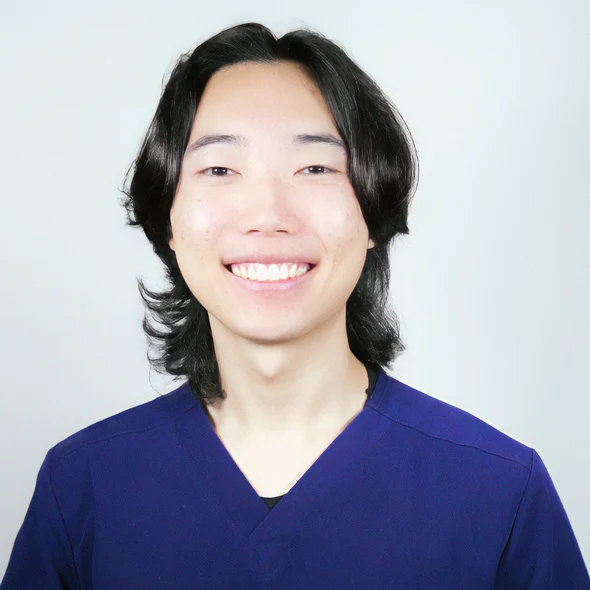The vestibular system may not be the most well-known system in the body, but it plays an incredibly important role in our daily lives. It plays a crucial role in balance and spatial orientation, helping us maintain posture and navigate our environment. This post explores what it is, how it works, and what happens when it malfunctions.
What is the vestibular system?
The vestibular system, located in the inner ear, includes the otolith organs and semicircular canals. The otolith organs detect head position and linear acceleration, while the semicircular canals sense rotational movement. Together, they help maintain balance and body orientation.
How does the vestibular system work?
The vestibular system works by detecting changes in head position and movement, and then sending this information to the brain. This information is then integrated with visual and proprioceptive information (information about body position and movement) to create a sense of spatial orientation and balance.
When the head moves, the fluid inside the otolith organs and semicircular canals moves as well. This movement is detected by hair cells, which are tiny sensory receptors located inside the organs and canals. When the hair cells are stimulated, they send electrical signals to the brain via the vestibular nerve.
What can go wrong with the vestibular system?
There are a variety of conditions and disorders that can affect the vestibular system and cause people to feel symptomatic. Here are some of the most common:
- Vestibular Neuritis: This is a condition in which the vestibular nerve becomes inflamed, leading to symptoms like vertigo (a feeling of spinning), dizziness, and nausea.
- Benign Paroxysmal Positional Vertigo (BPPV): This is a type of vertigo that occurs when tiny calcium carbonate crystals in the otolith organs become dislodged and move into the semicircular canals. This can cause brief episodes of vertigo when the head is moved in certain positions.
- Meniere’s Disease: This is a condition that affects the inner ear and can cause episodes of vertigo, tinnitus (ringing in the ears), and hearing loss.
- Vestibular Migraine: This is a type of migraine that includes vertigo or dizziness as one of its symptoms.
How can vestibular disorders be treated?
Treatment for vestibular disorders depends on the underlying cause and the specific symptoms being experienced. Here are some common treatments:
- Canalith Repositioning Maneuvers: These are exercises involving specific rotations of the head that can be done to help move dislodged calcium carbonate crystals back into the otolith organs where they belong, bringing the vestibular system back into equilibrium.
- Vestibular Rehabilitation Therapy: This is a type of physical therapy that can help improve balance and reduce symptoms like dizziness and vertigo by targeting the weakened areas of the vestibular system.
- Surgery: In rare cases, surgery may be necessary to treat certain vestibular disorders.
In conclusion, the vestibular system is vital for balance and spatial awareness. Many vestibular disorders can be managed with proper treatment. If you’re experiencing dizziness or vertigo, consult a doctor or vestibular specialist for diagnosis and treatment.







